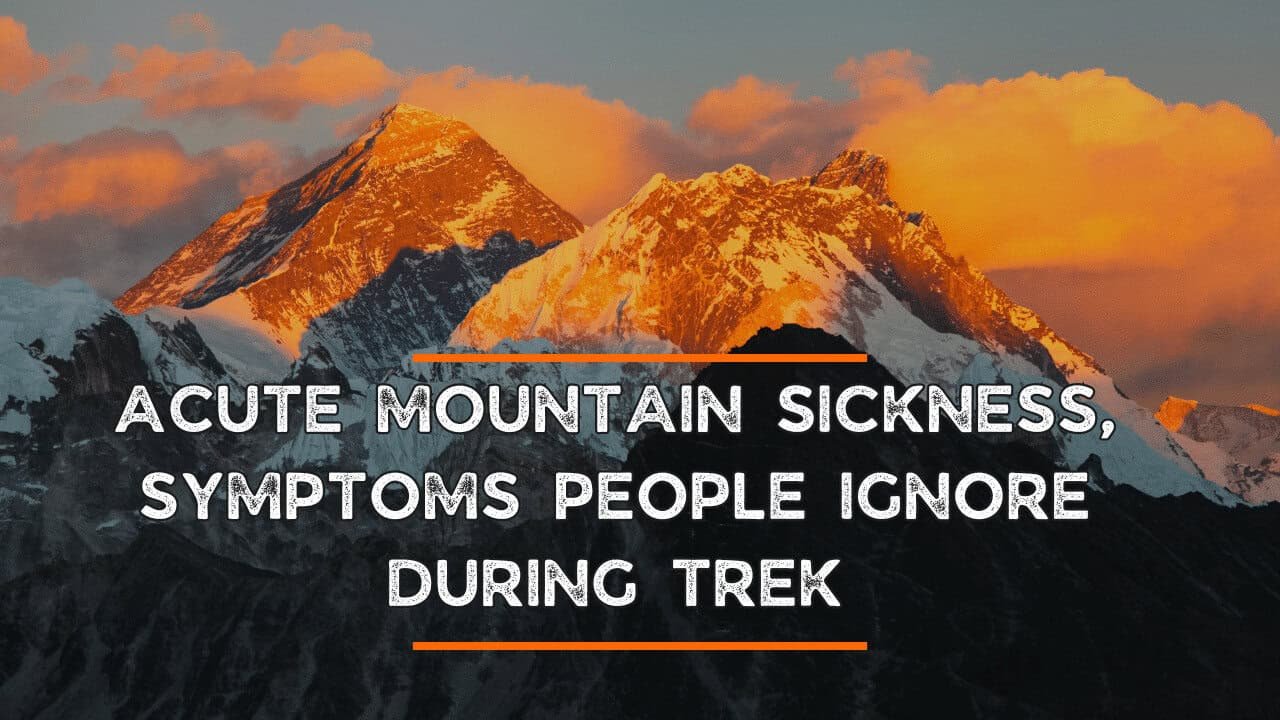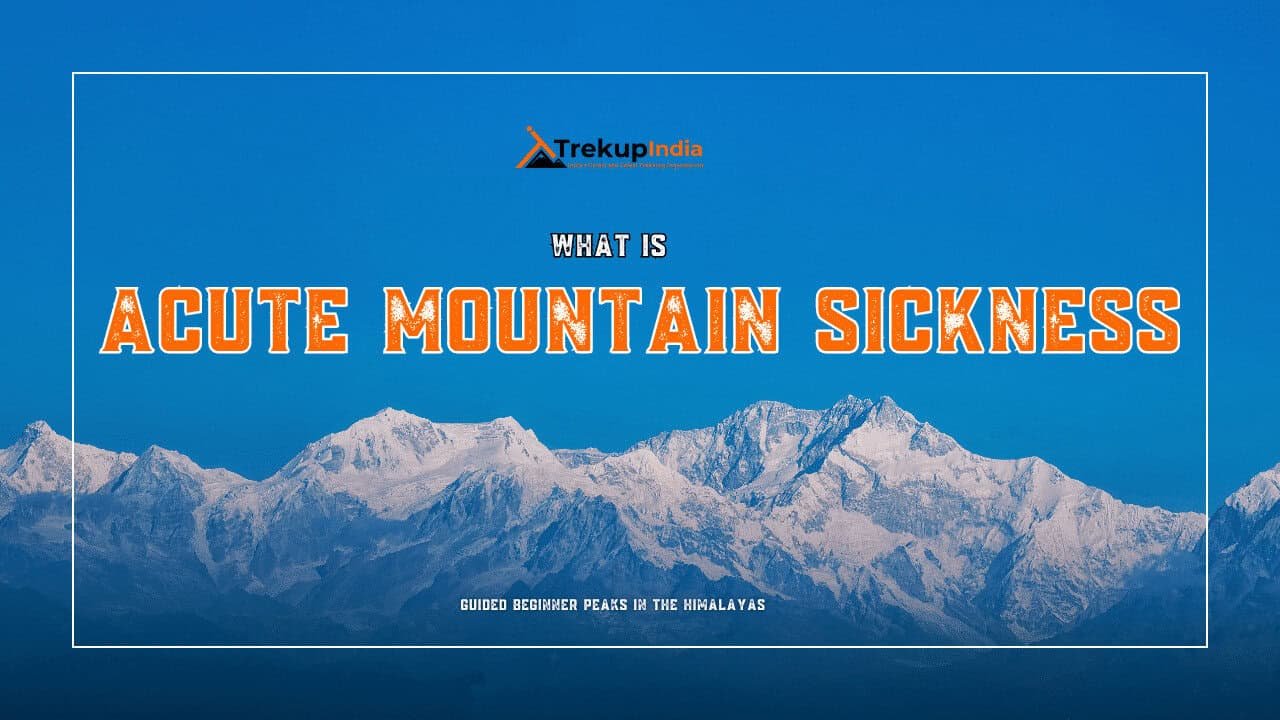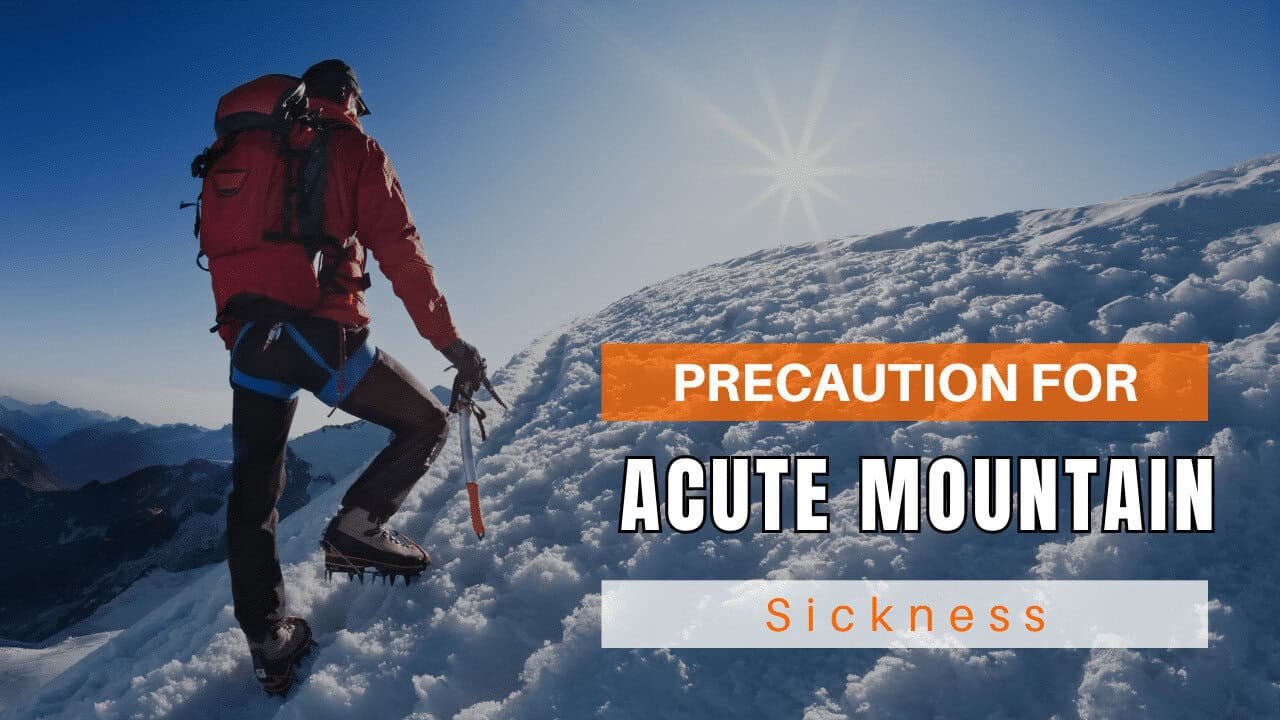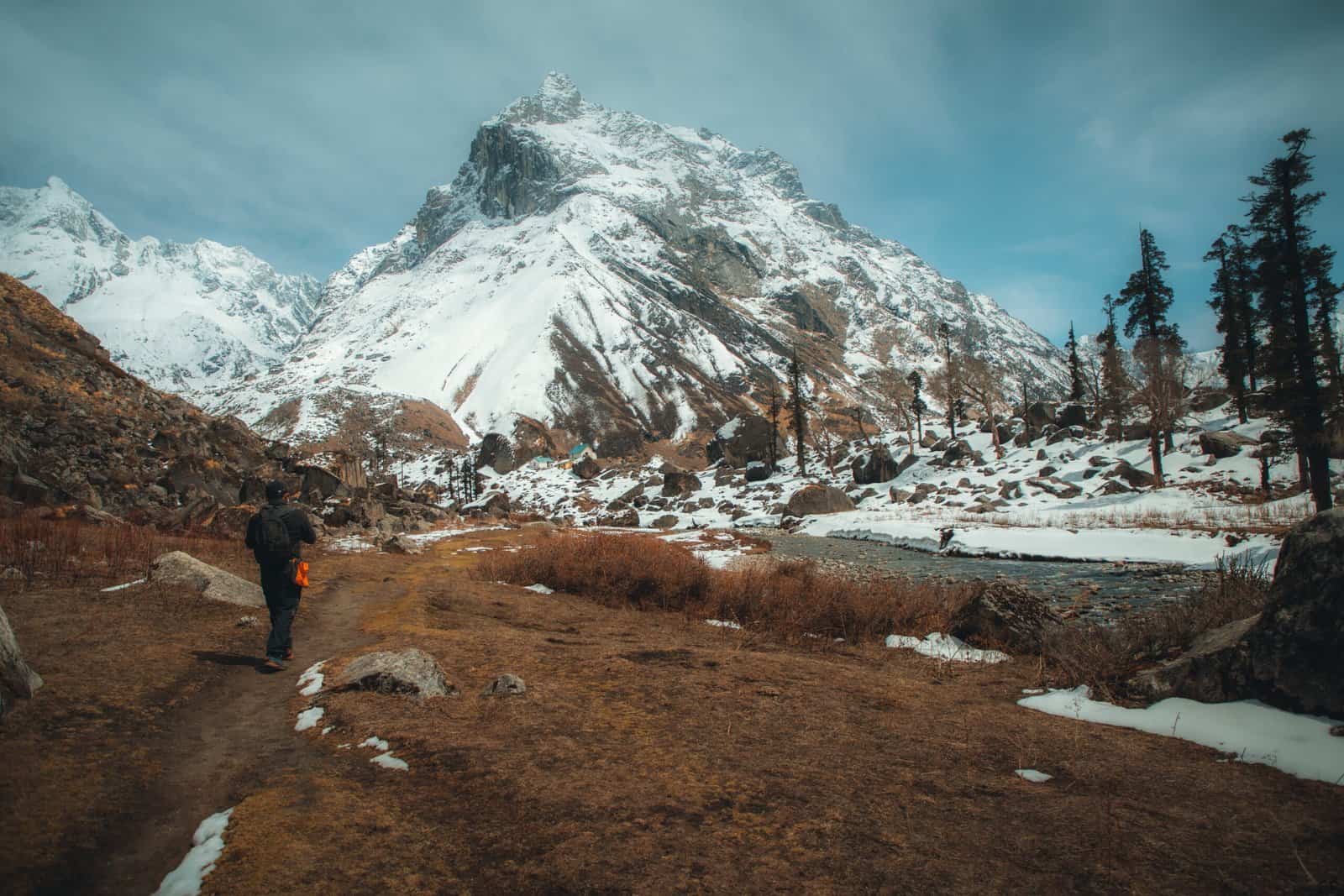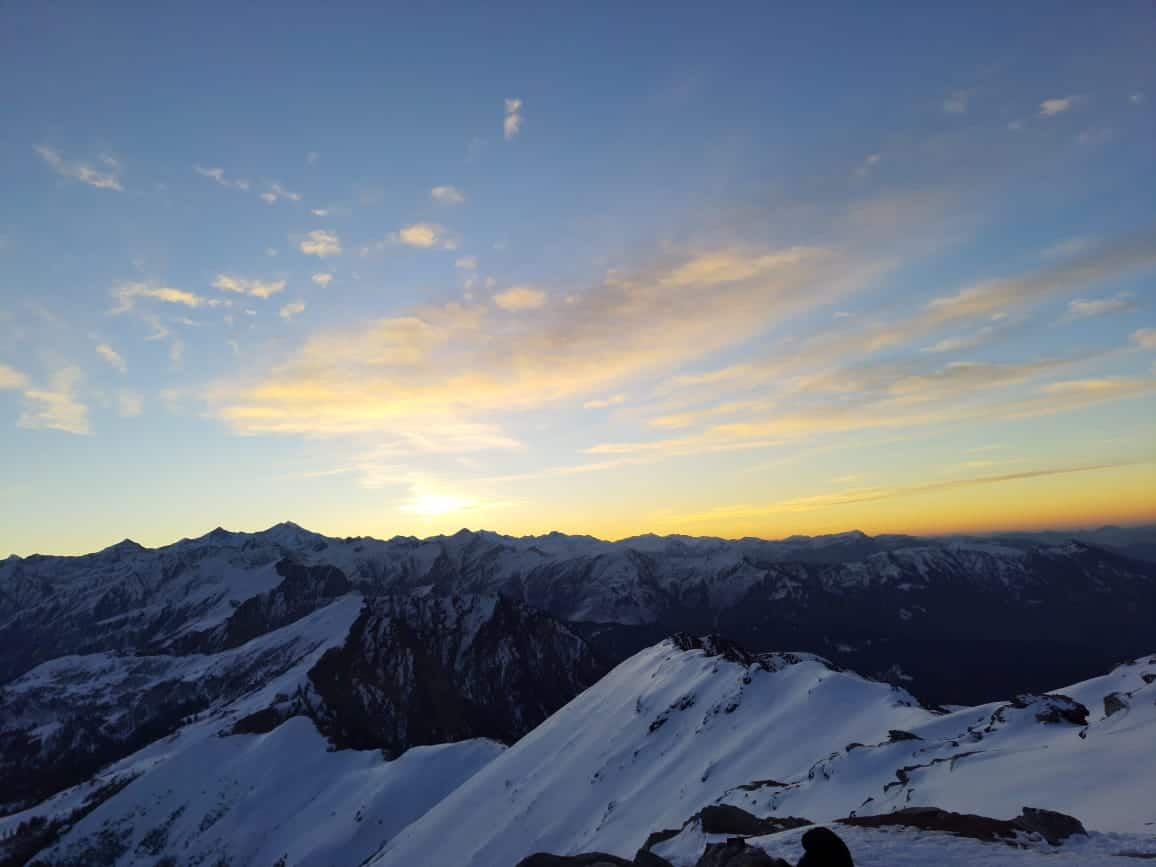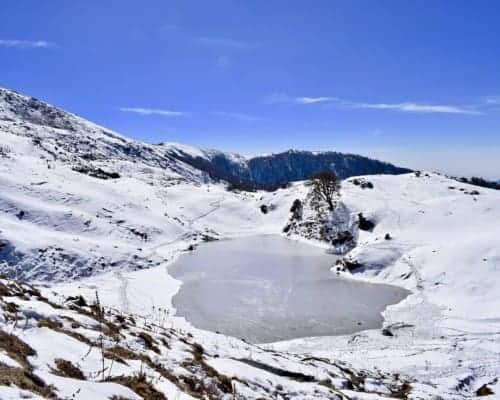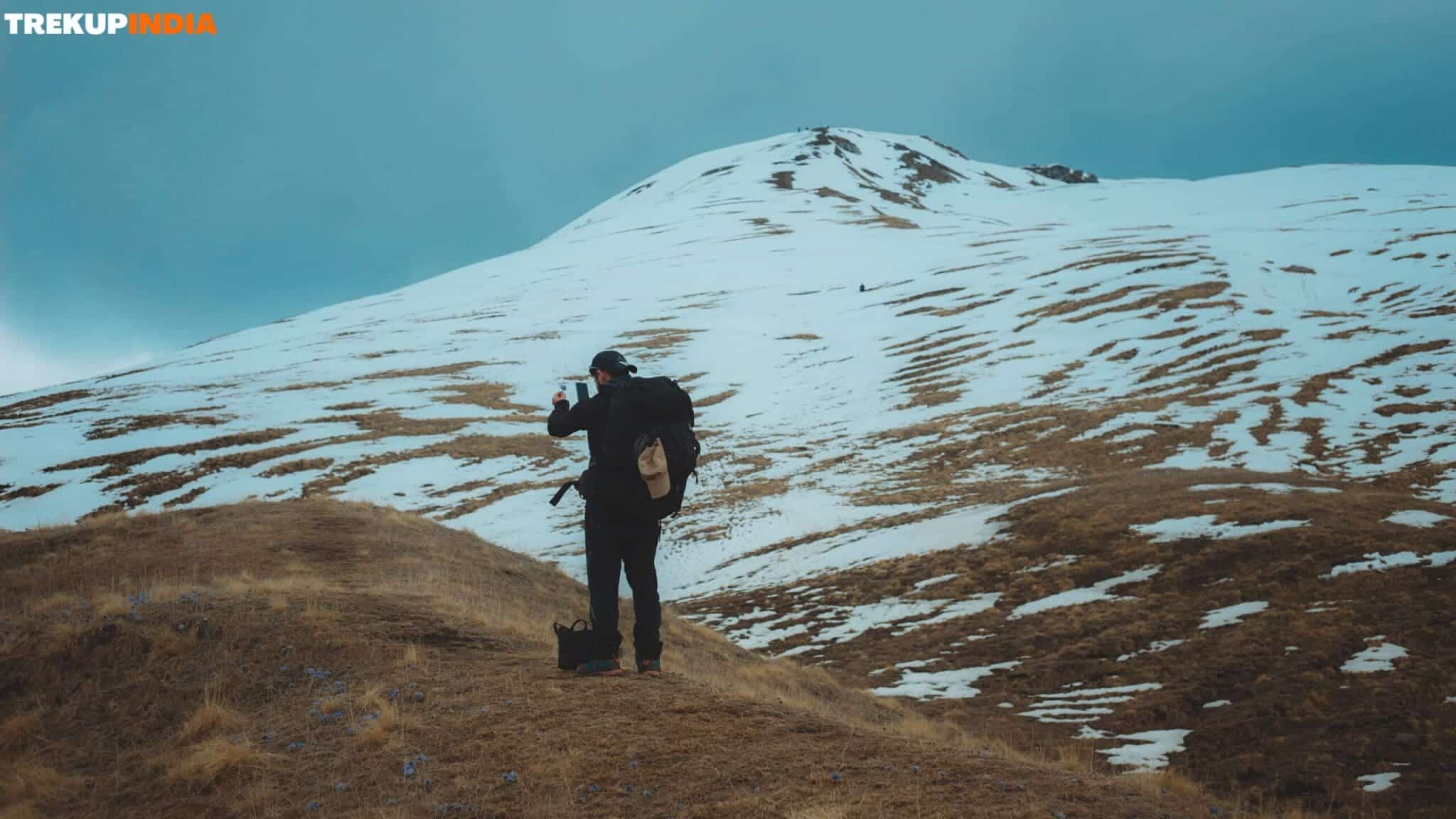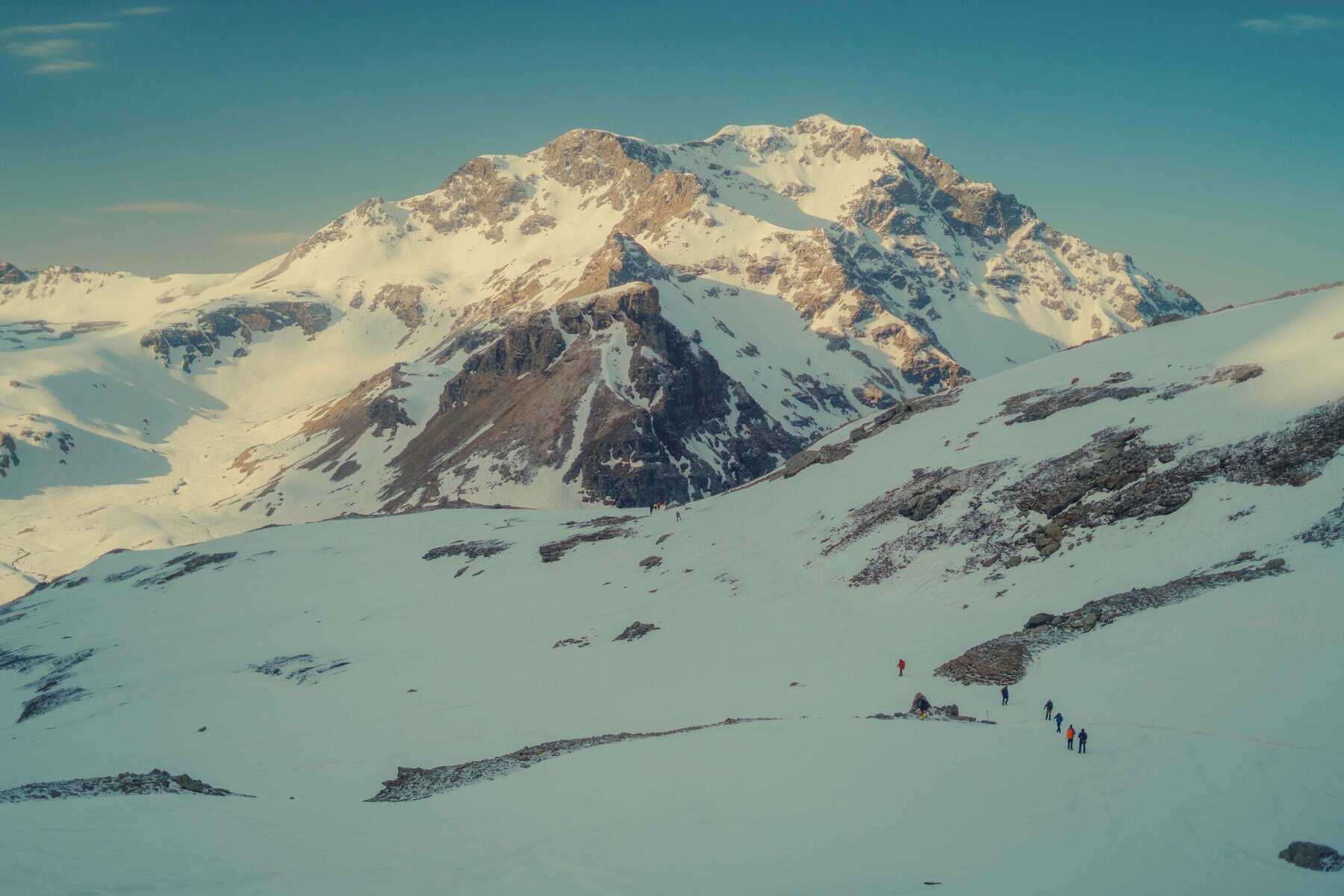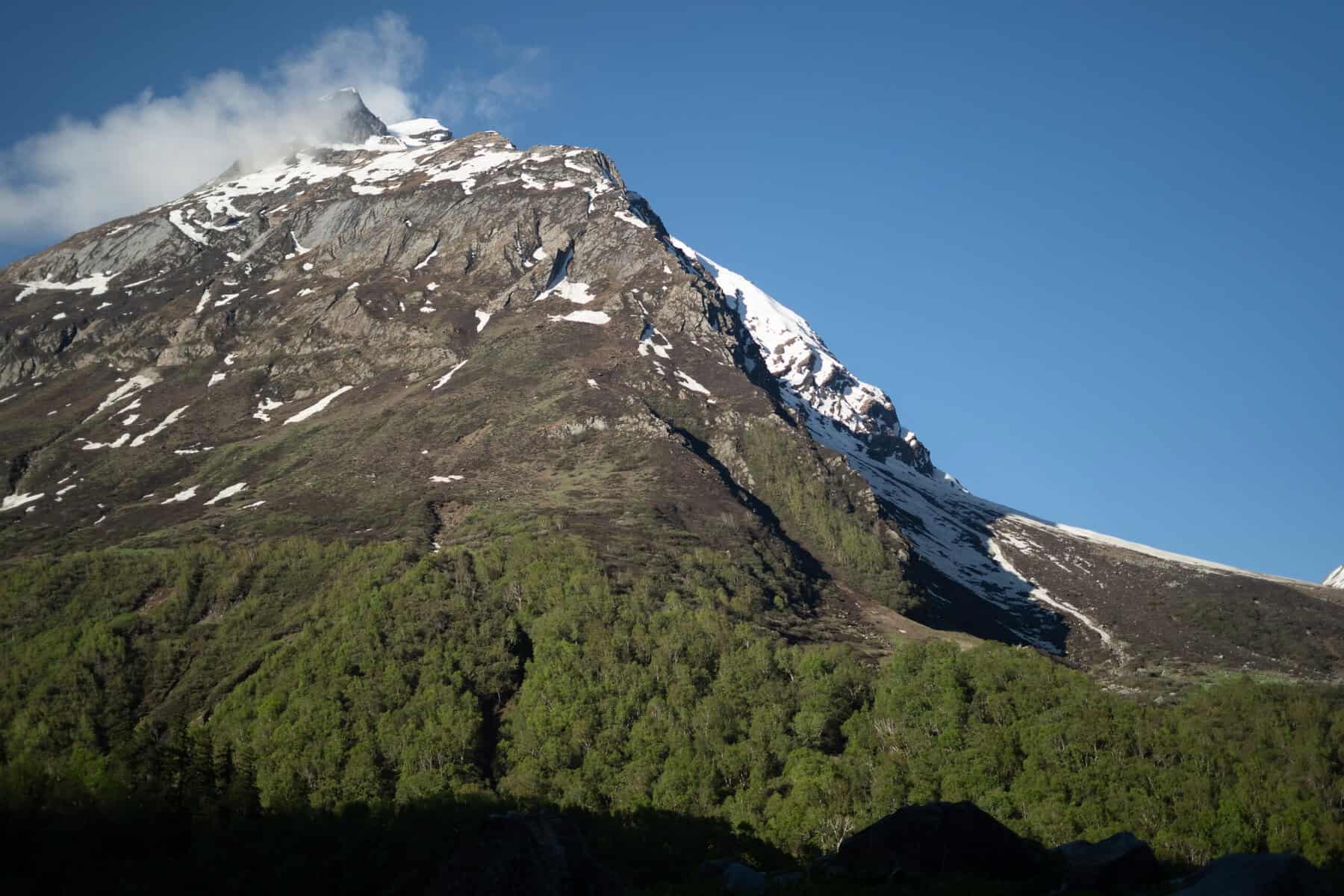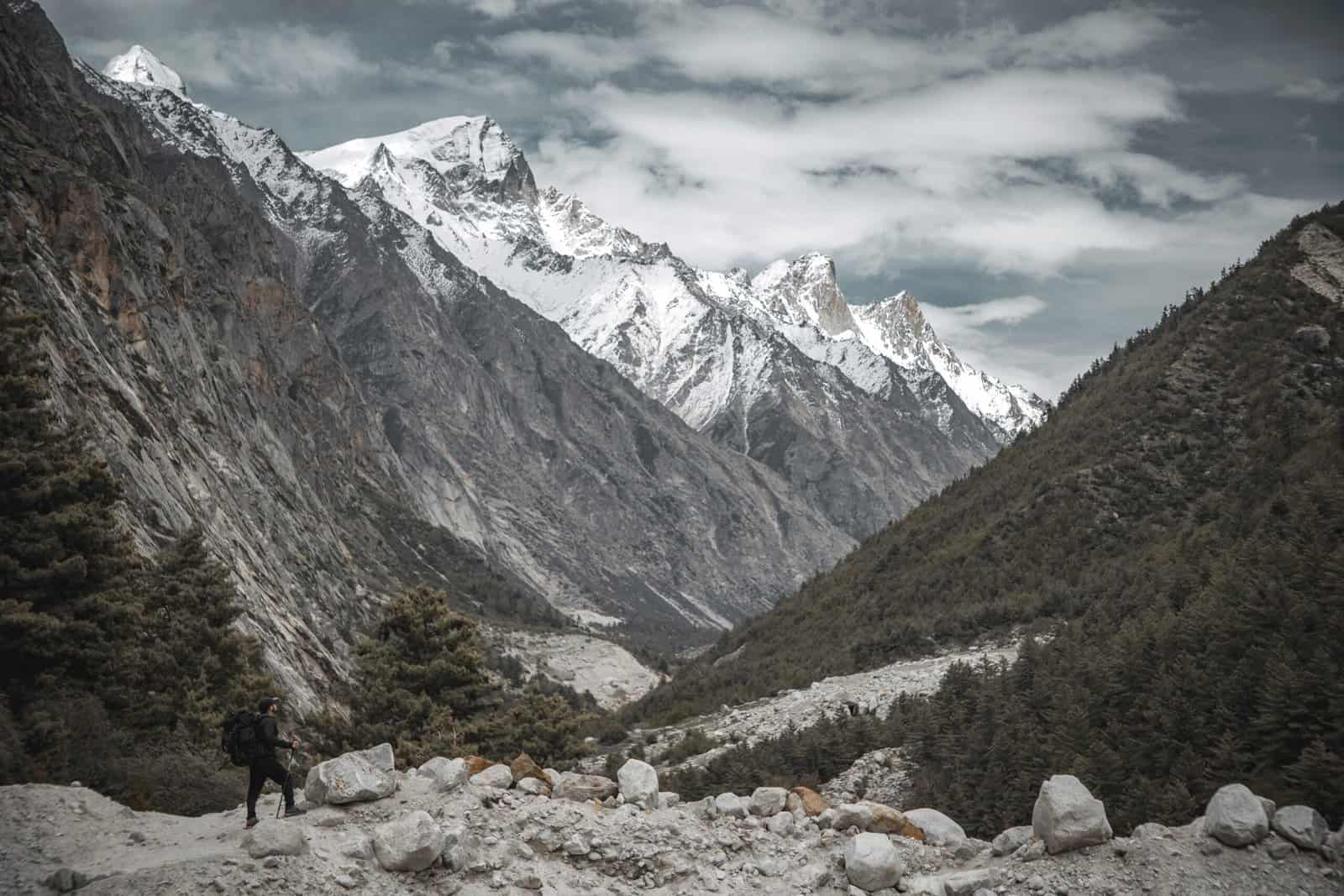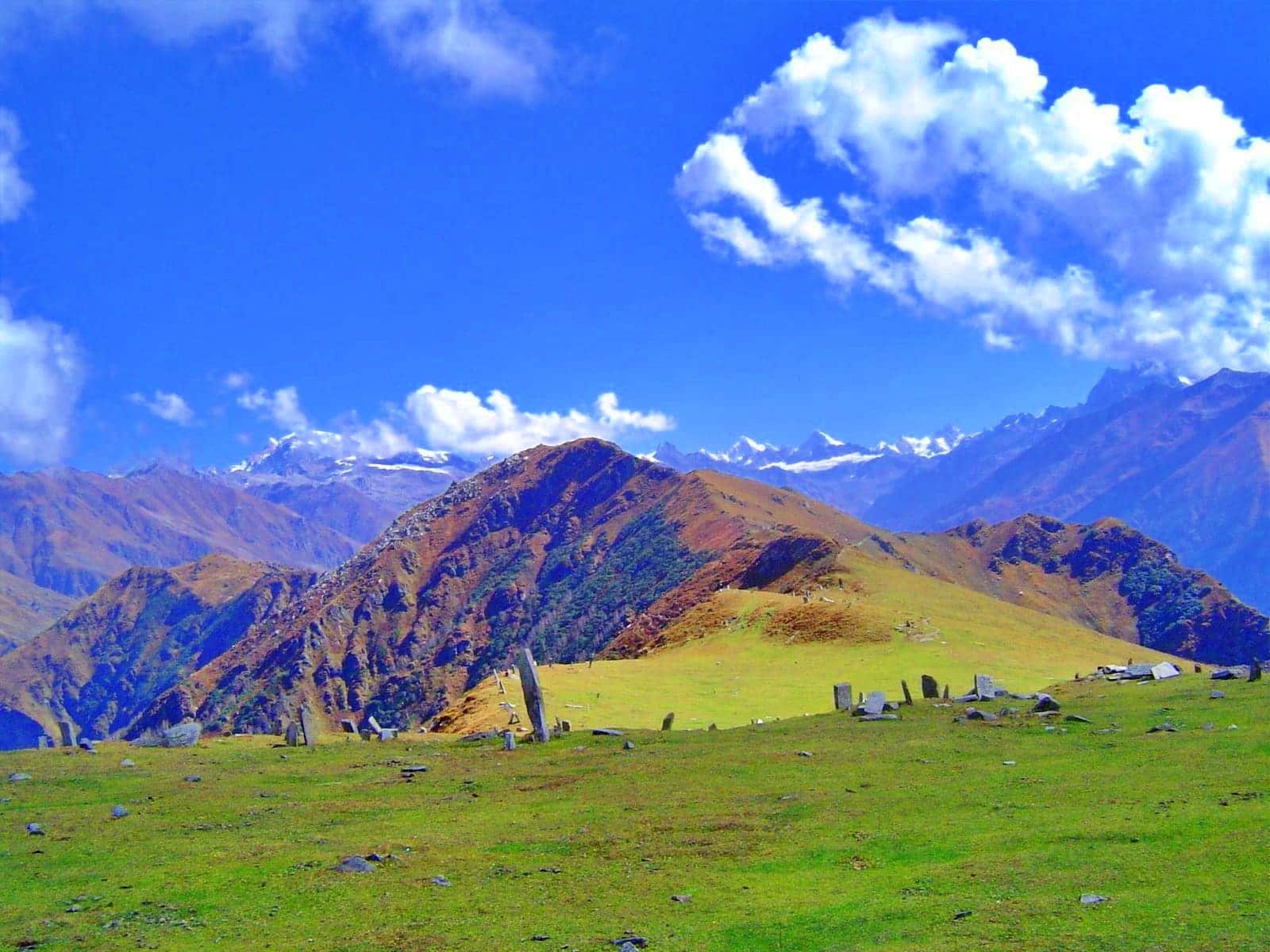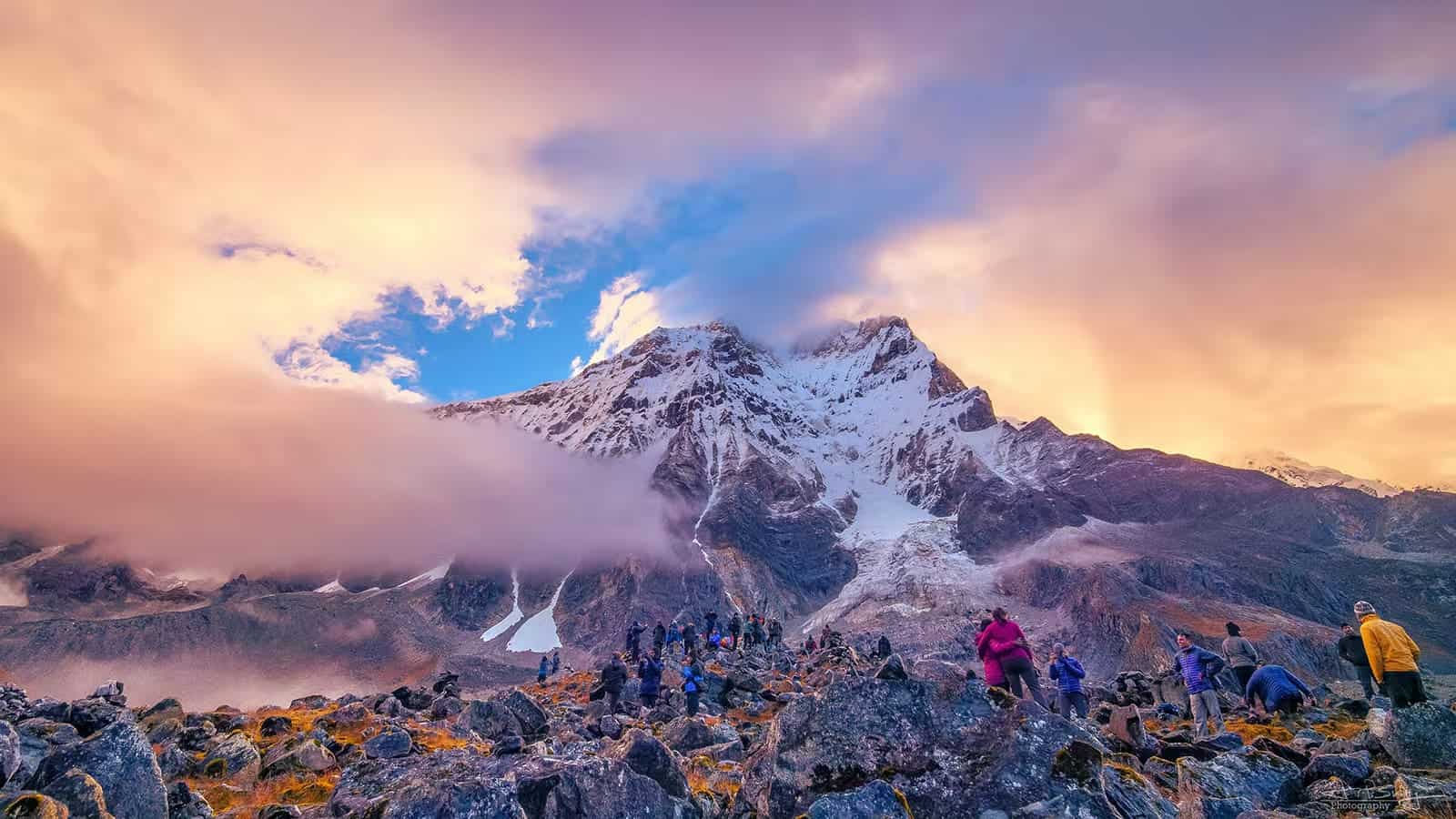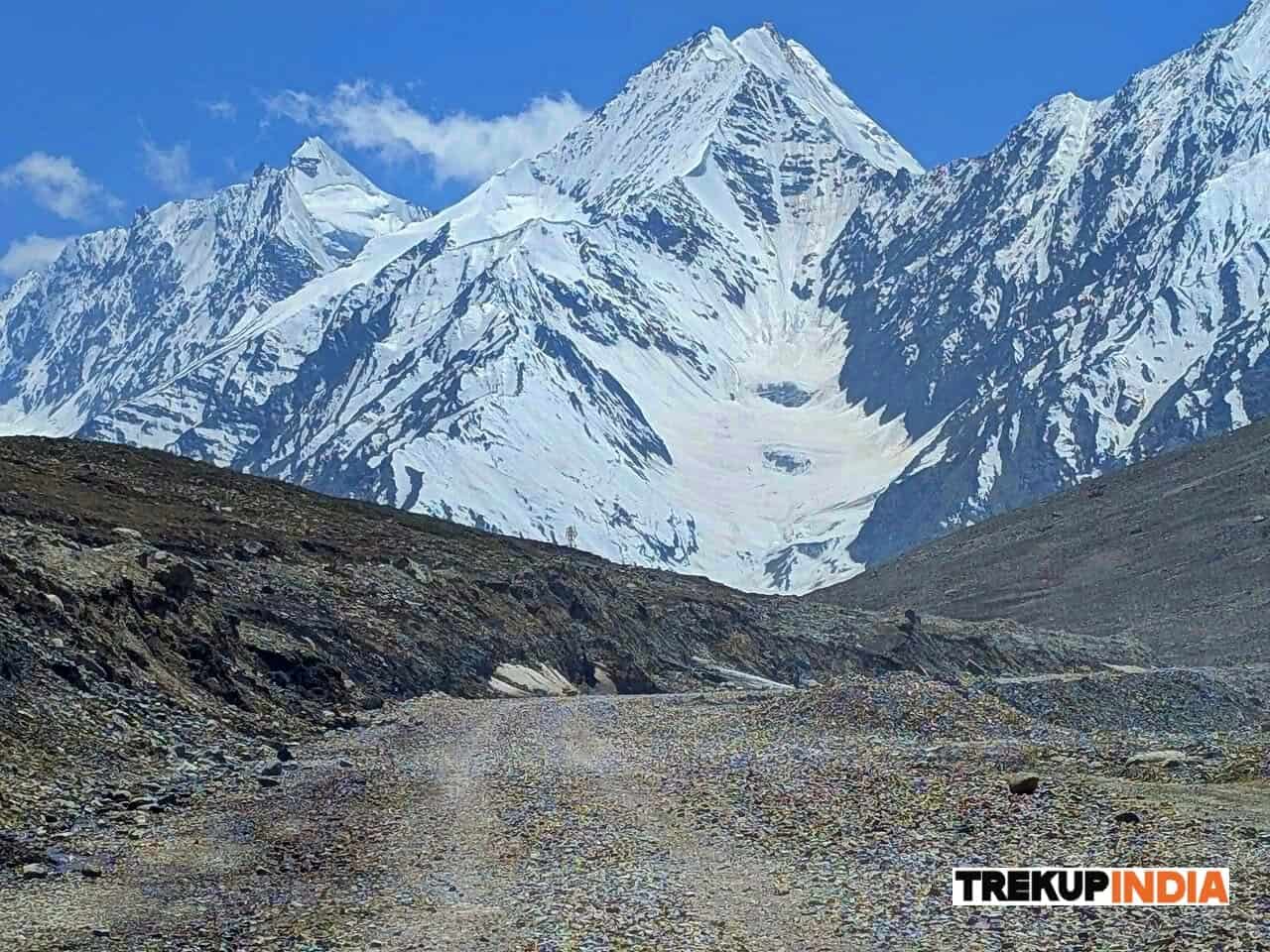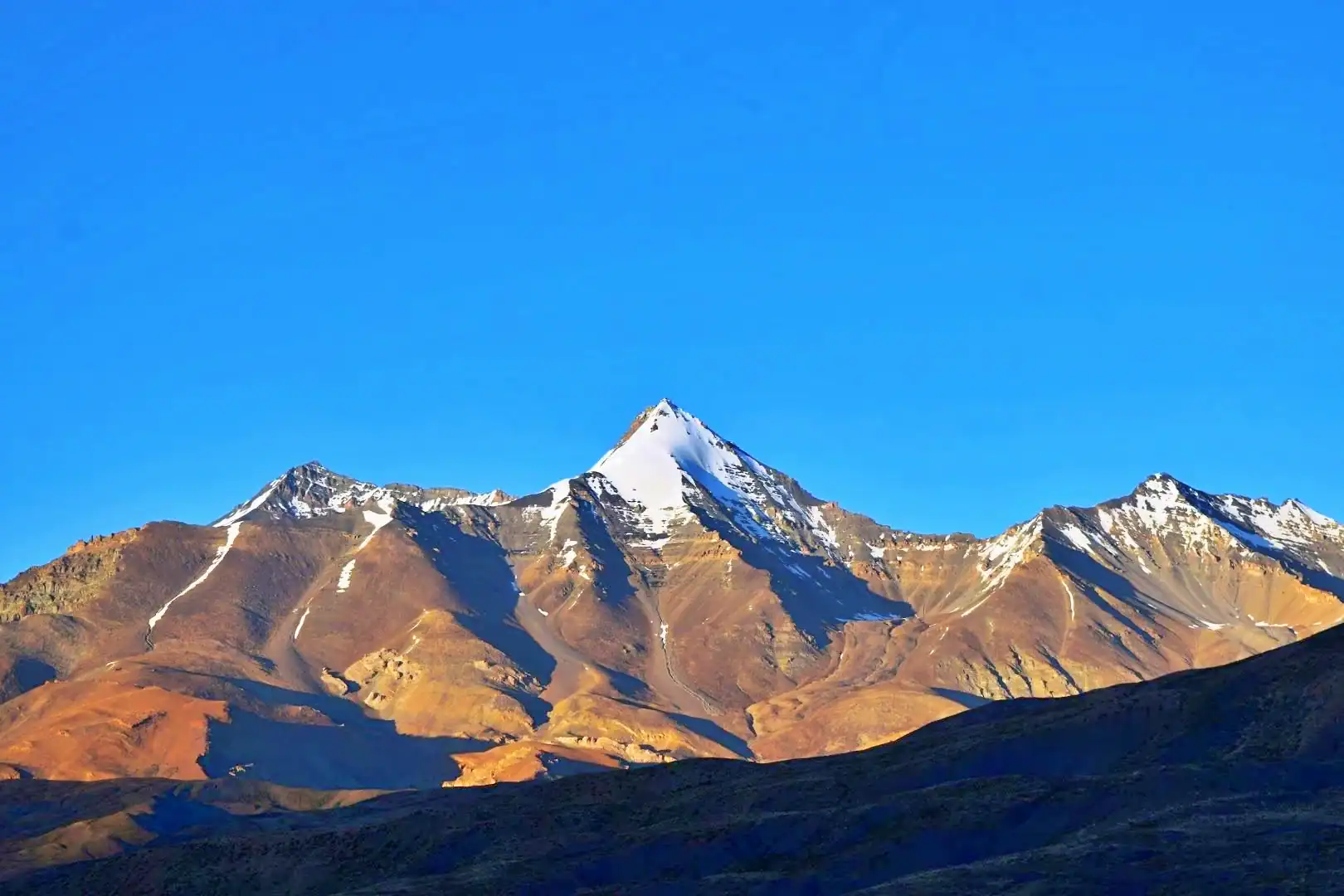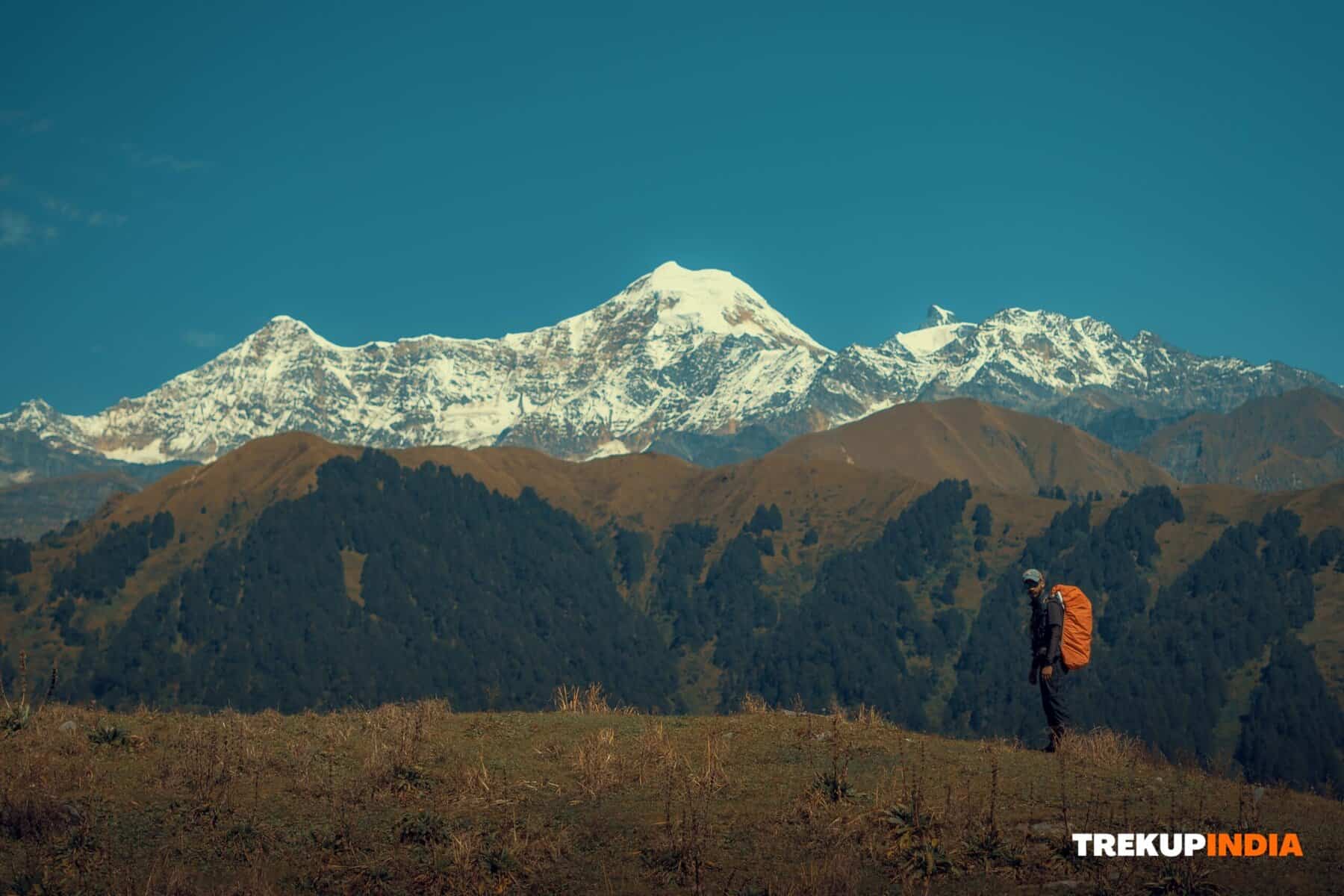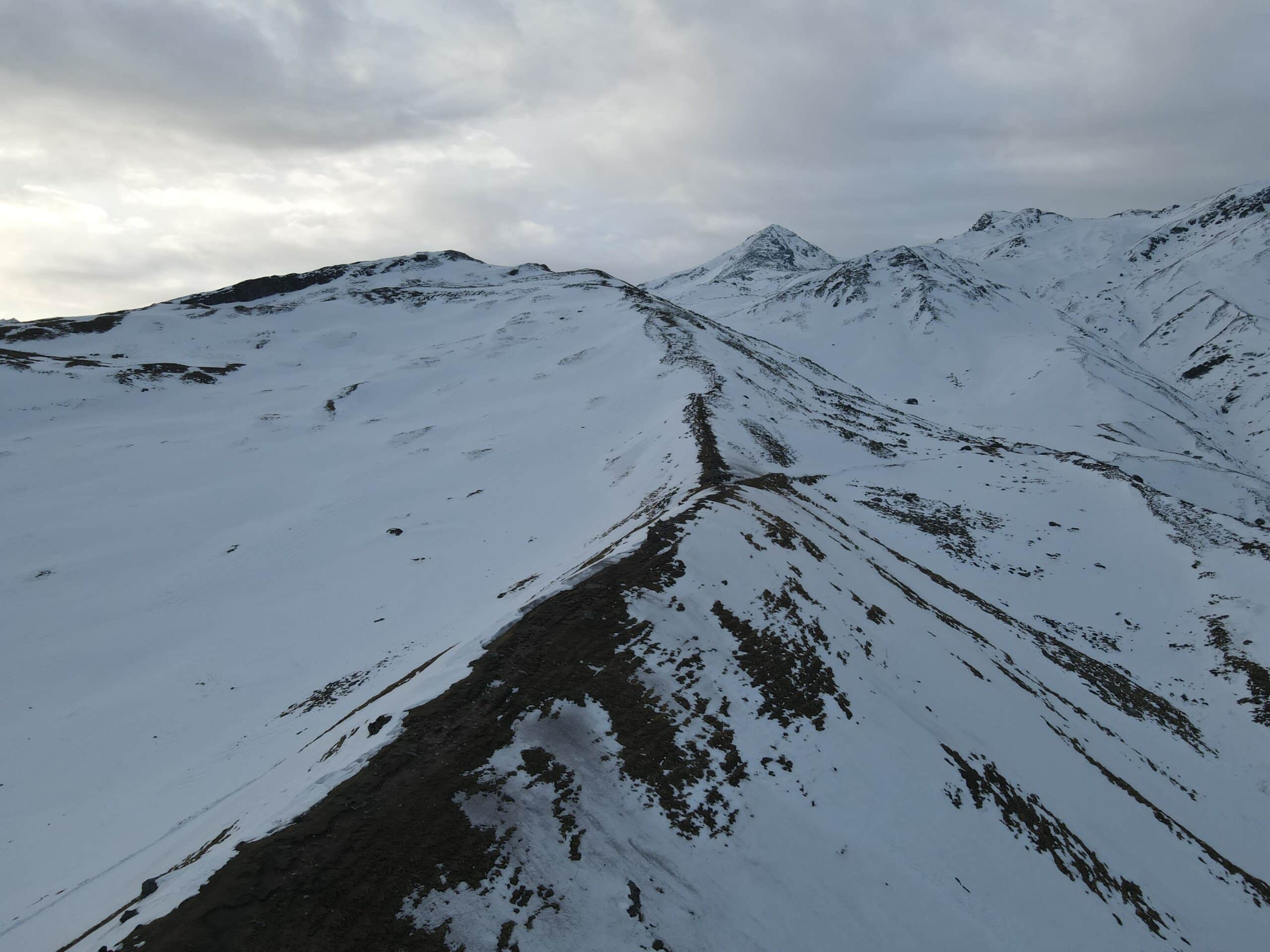High-Altitude Sun Protection Tips for Travelers
Cold air can often mask the intense heat of the sun when trekking high altitude passes such as Kongmaru La or Bali Pass. At altitudes between 4000 and 5500 meters, exposure to sunlight is especially hazardous, potentially resulting in sunburn and other serious medical complications. We have witnessed how not recognising its dangers could result in sunburns and more serious medical conditions, such as altitude sickness.
Why Is Sun Exposure Worse at High Altitude?
Thinner Atmosphere- Stronger radiation results from less UV filtering.
Reflection off Snow & Ice: Up to 80% of UV rays may reflect off snow or ice and double your UV exposure.
Cool temperatures mask burns- Even though you might not feel heat directly on your skin, it’s still being cooked off.
Dry Air & Wind: Exposure to dry air and wind accelerates dehydration of skin cells and chapping.
Common Sun-Related Hazards for Trekkers
Sunburn: At high altitudes, sunburns of any severity may arise within 20 minutes and be visible on the neck, face and hands.
Snow Blindness: Cornea damage due to ultraviolet radiation causes snow blindness; symptoms include red and watery eyes as well as blurred vision or temporary blindness.
Dehydration: Even in cooler climates, sunlight can speed up water loss from our bodies when combined with dry mountain air and intense exercise.
Heat Exhaustion: Even during winter weather conditions, prolonged exposure to sunlight on clear days may result in dizziness, heatstroke and fatigue.
Trekup India's Sun Safety Strategy for Trekkers
- Utilise High-SPF Sunscreen SPF 50+ broad spectrum sunscreen is recommended.
Apply the Sunscreen every 2 to 3 hours; this is particularly essential if you sweat a lot.
Don’t forget to cover your neck, ears, nose and under the chin with protection from UV radiation.
- Wear Sunglasses Offering 100% UV Protection
Wear sunglasses offering 100% UV protection with side covers (wraparound style is preferred).
Glacier glasses are essential gear when trekking Brahmatal, Kedartal or Goechala in snow conditions.
Avoid leaving the snow lights out in direct sunlight for even an instant, even for brief moments.
- Protect Your Skin
Wear a wide-brimmed hat or one featuring a neck flap to cover any exposed skin areas.
Wear full-sleeved trekking shirts that provide UV protection.
Be protected from wind and sun by wearing a bandana around your neck and face to shield yourself.
- Stay Hydrated
It is recommended to bring at least 2 litres of water daily.
Even if you don’t feel thirsty, take frequent sips. Even if it seems unnecessary, take time out of each day to replenish yourself by sipping.
To keep a proper salt balance, supplement with ORS electrolyte tablets or capsules.
- Planning Your Treks Wisely
To maximise safety on exposed passes or ridges, aim to avoid trekking during peak sunlight hours (11:30 am-2 pm).
Rest in shady areas as much as possible.
Pro Tips from Trekup India Trek Leaders
- Apply a lip balm containing SPF; cracked, sunburnt lips are among the most frequently reported issues.
- Be sure always to keep a backup pair of glasses handy.
- Be watchful for signs: make sure that you protect yourself from sunburn before feeling scorching hot.
- Use gloves or full-finger gloves if your hands are prone to burns or tanning.
Essential Sun Safety Kit for Trekkers
Item | Purpose |
SPF 50+ Sunscreen | Prevent sunburn |
UV-protection sunglasses | Shield eyes from UV & snow glare |
Wide-brim hat or cap | Shade face & neck |
Lip balm with SPF | Prevent dry, cracked lips |
Buff or bandana | Cover face/neck |
UV-protective clothing | Cover arms and shoulders |
ORS / Electrolyte tablets | Maintain hydration |
Conclusion
Do not be deceived by fresh air and bright skies into thinking sun protection is unnecessary for high-altitude treks; at Trekup India, we teach our trekkers how to manage the sun’s rays as part of the pre-trek training, providing preventative steps that ensure they can enjoy stunning vistas without experiencing sunburn later each day.
About Author
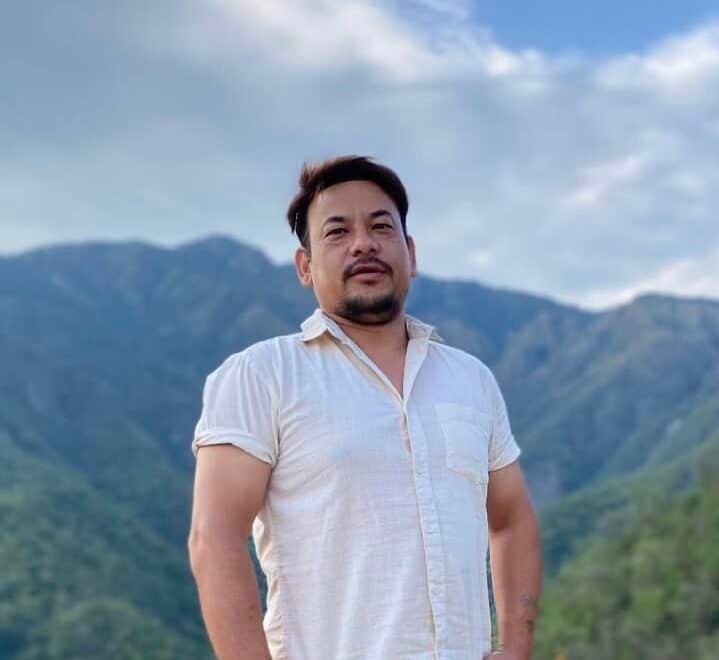
Nanda Rawat (Operation Manager)
Nanda Rawat holds a Master’s degree in Tourism and Hospitality and is a seasoned professional specializing in Adventure and Leisure Travel. As a travel specialist and consultant, his core mission has always been to deliver exceptional service by sharing the full breadth of his experience, ensuring client satisfaction on a global scale.
With over 16 years of experience, Nanda has worked with three well-established tourism companies, gaining deep insight into both inbound and domestic travel operations. He has contributed directly and indirectly to the Adventure Tour Operators Association of India (ATOAI) and has participated in multiple Immediate First Aid Training programs at the Indian Mountaineering Foundation (IMF).
In addition to his fieldwork, Nanda has shared his expertise through guest lectures in tourism and hospitality at various universities. He has independently led numerous expeditions across the Indian Himalayas and was actively involved in the rescue operations during the 2010 Ladakh flash floods.
In recognition of his outstanding coordination skills, he was honored with the Best Travel Coordinator Award by Joy James Educational Trust in 2012. A strong advocate of ethics, sustainability, and eco-tourism, Nanda takes great pride in being an integral part of Trekup India.
Write to him at: nanda@trekupindia.com
Share this article
Dates For Upcoming Treks
Want To Trek Like Pro?
Basically, watch these videos if you want to trek the same way professional trekkers do and make your skills better. These videos contain useful tips and techniques to further improve your trekking skills itself. These videos actually help both new and experienced trekkers improve their trekking skills. These videos definitely provide useful tips that make your trek better. We are seeing that these videos by Trekup India experts will only help you make your trekking skills better.
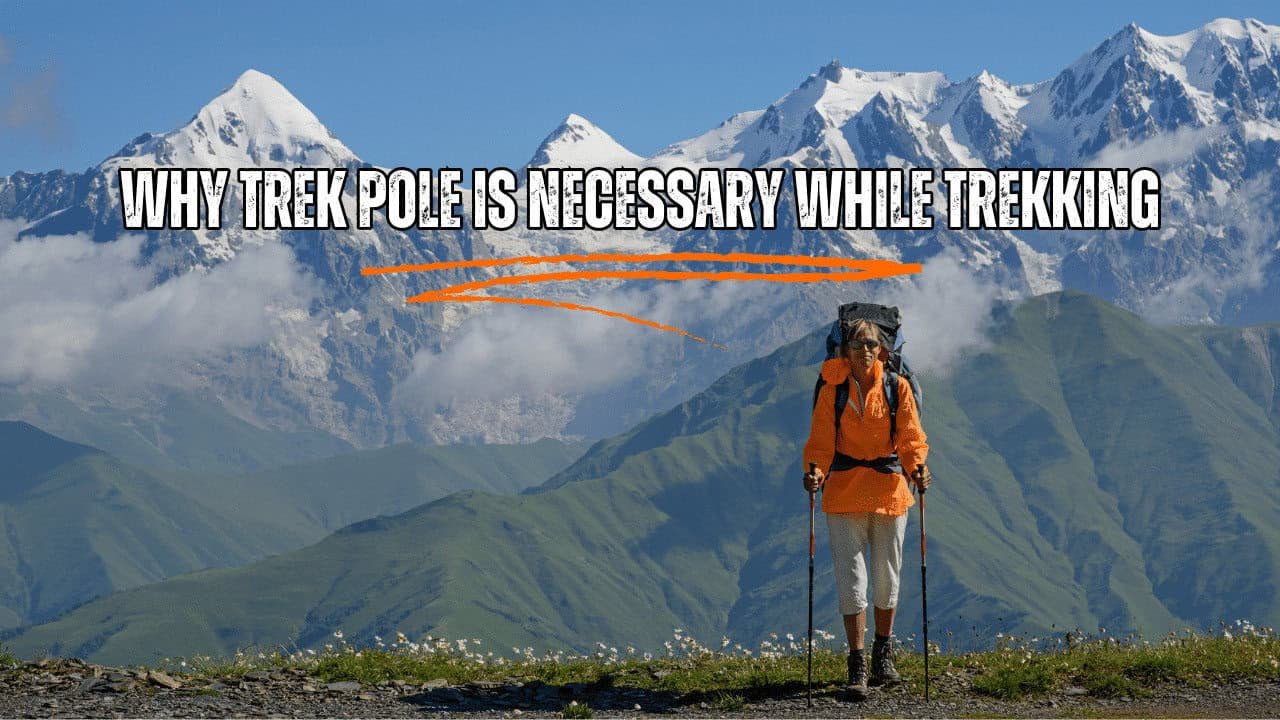
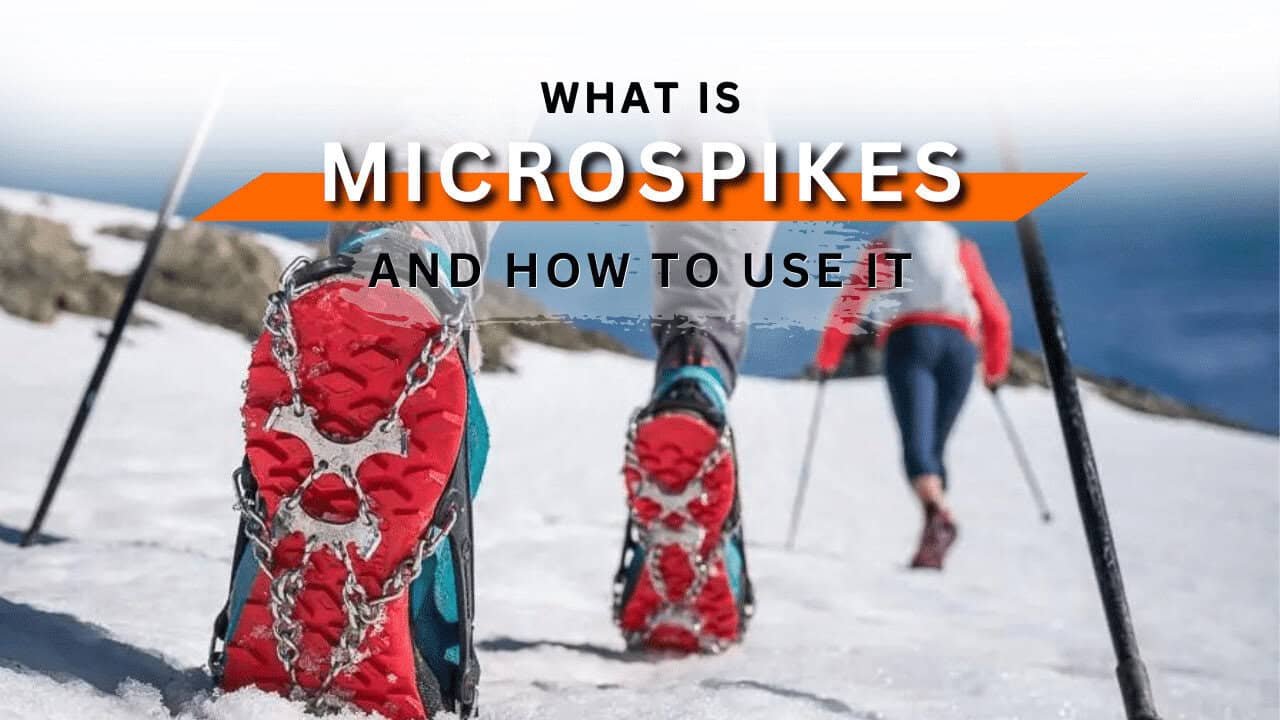
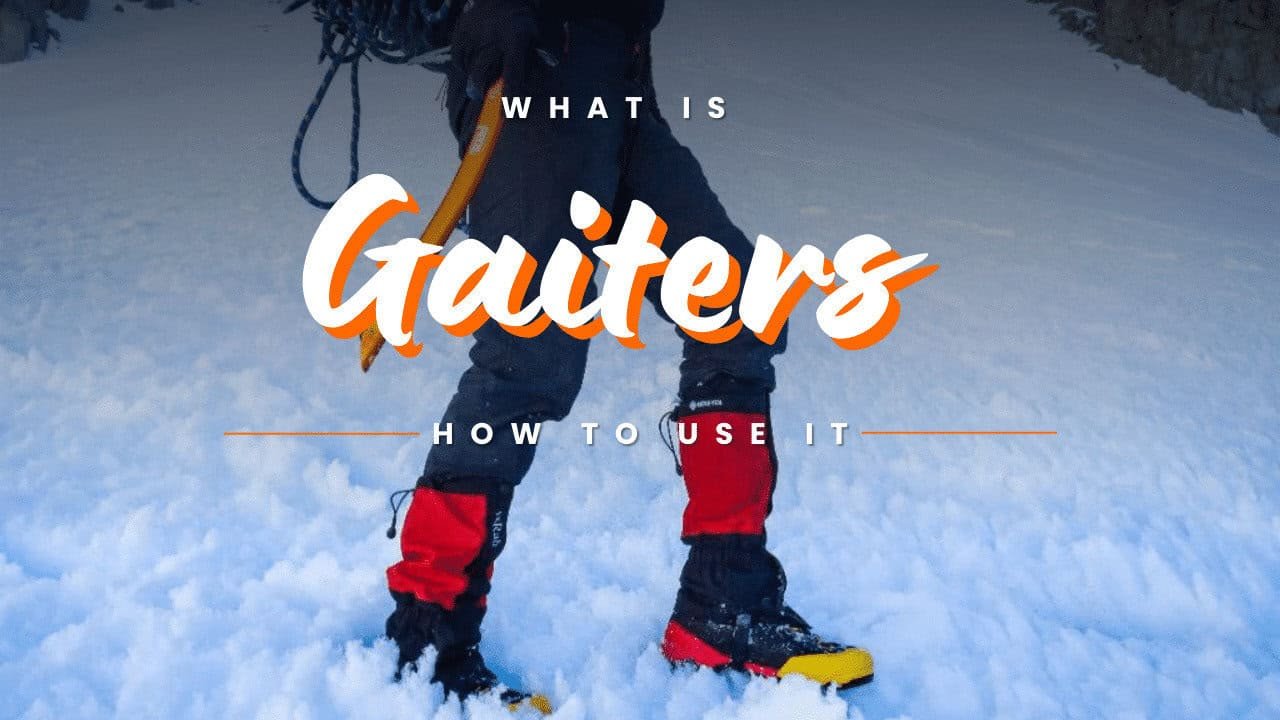
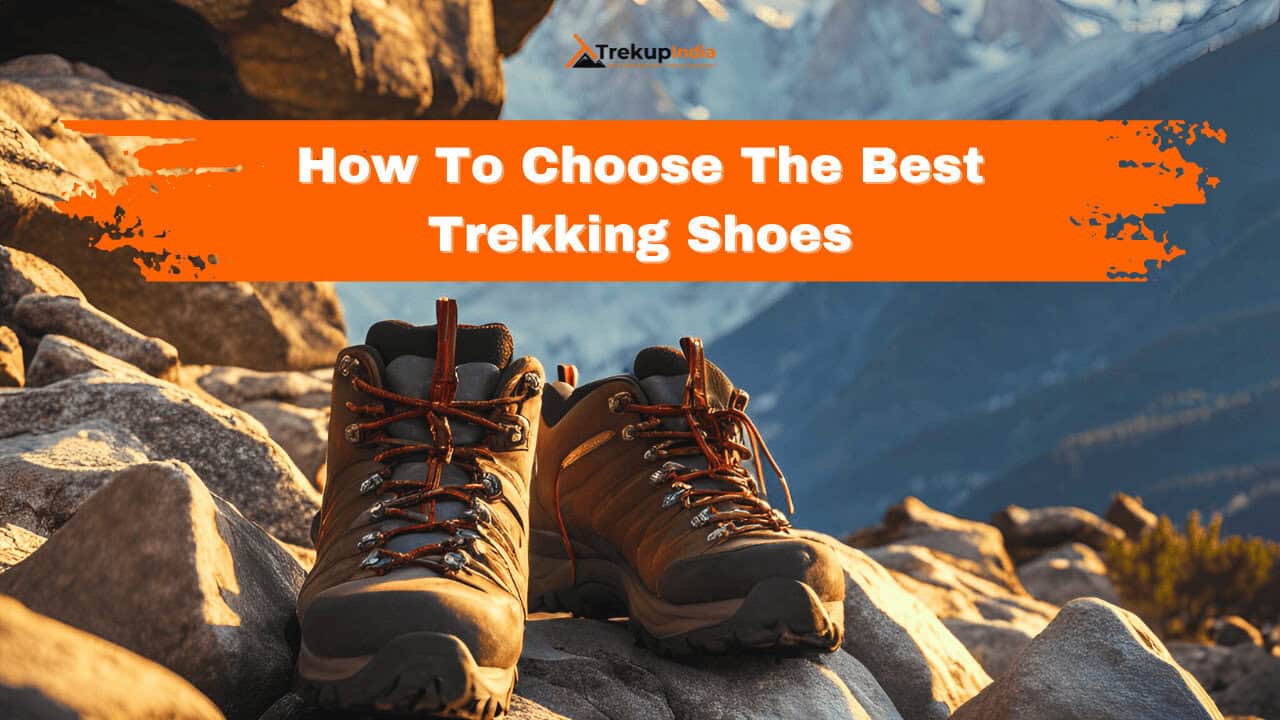

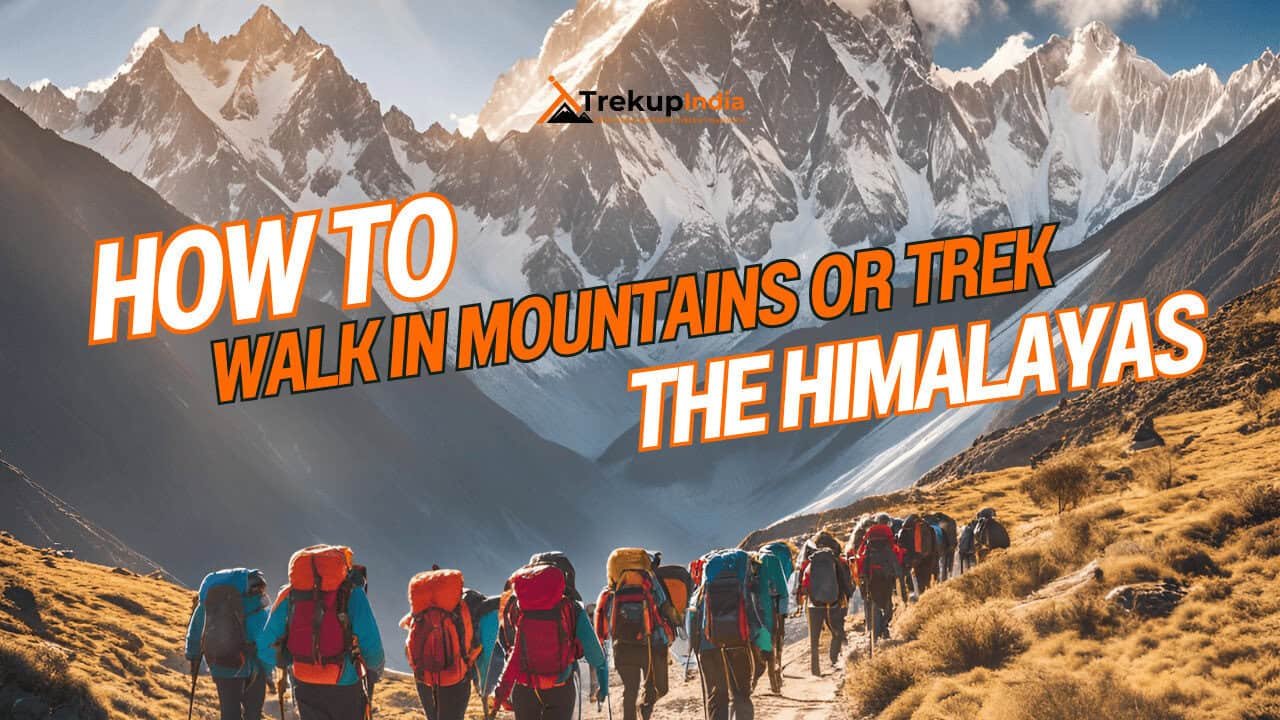

Know Everything About Acute Mountain Sickness
Acute Mountain Sickness occurs when people trek to high altitudes above 8,000 feet. This condition itself develops further due to reduced oxygen levels at such heights. Basically, as you go higher up, the air pressure and oxygen levels decrease, which causes the same problem. Acute Mountain Sickness surely causes headache, nausea, vomiting, and dizziness in affected persons. Moreover, peoples also experience difficulty in sleeping during this condition. To avoid mountain sickness, you should actually trek up slowly to higher altitudes. To learn further about this condition itself, watch the videos by Trekup India.
